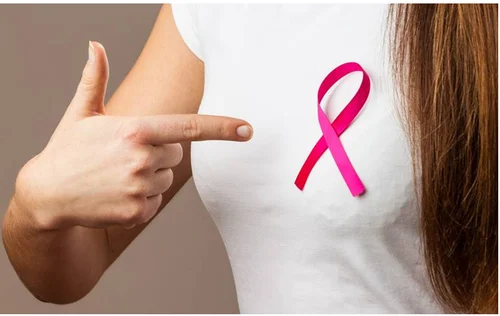
HIV prevention is essential in reducing the spread of the virus and safeguarding individuals against infection. Whether you're looking to protect yourself or others, it's crucial to understand the various strategies available to prevent HIV transmission. Being informed about these methods empowers you to make safer decisions, promote healthy communities, and significantly reduce the impact of the virus. Let’s explore the most effective ways to protect yourself from HIV.

1. Practicing Safe Sex: The Most Effective Way to Prevent HIV
One of the most reliable methods of preventing HIV transmission is practicing safe sex. Consistently using condoms during sexual intercourse is one of the best barriers to reduce the risk of HIV. Condoms help prevent the exchange of bodily fluids, significantly lowering the chances of infection. To maximize protection, it’s important to use condoms correctly every time you engage in sex, whether vaginal, anal, or oral.
Besides using condoms, it’s also important to limit the number of sexual partners you have. The fewer sexual partners you engage with, the lower your risk of exposure to HIV and other sexually transmitted infections (STIs). Regular testing for HIV and STIs is equally important, as it ensures that any potential infections are caught early, allowing for effective management and treatment.
2. Educate Yourself and Others: The Power of Knowledge
Education is a cornerstone of HIV prevention. Understanding how HIV is transmitted, the risks involved, and how to protect yourself is key to preventing the virus. By sharing accurate and timely information with your friends, family, and community, you can help reduce the stigma surrounding HIV and encourage safer behaviors.
Awareness campaigns, health education programs, and online resources are valuable tools that can inform you and your loved ones about how to stay safe. The more people know about HIV and the prevention options available, the better equipped they are to take steps to avoid contracting or spreading the virus.
3. Get Tested Regularly: Early Detection Saves Lives
Regular testing is essential for everyone, especially for those at higher risk. Getting tested for HIV regularly allows for early detection, which is crucial in managing and preventing the spread of the virus. It is especially important for individuals who engage in unprotected sex or share needles to get tested more frequently.
Many health clinics and community organizations offer free or low-cost HIV testing. This makes it easier for individuals to get tested regularly and know their status, which is a critical step in both personal health and the broader fight against HIV.
4. PrEP: A Game-Changer in HIV Prevention
For individuals at high risk of HIV exposure, Pre-Exposure Prophylaxis (PrEP) is an effective medication that can significantly reduce the risk of HIV infection. PrEP involves taking a daily pill that prevents the virus from establishing an infection if exposed to HIV. This preventive treatment is especially useful for people who have partners living with HIV, those who inject drugs, or individuals who engage in unprotected sex.
Consulting with a healthcare provider about whether PrEP is right for you is a key step in taking charge of your sexual health. Many health insurance plans cover the cost of PrEP, and there are also patient assistance programs that can help make it more affordable for those who are uninsured or underinsured.
5. Promote Safer Drug Use: Preventing HIV Transmission Through Needle Exchange Programs
For individuals who inject drugs, needle-sharing is a significant risk factor for HIV transmission. To mitigate this, many communities offer needle exchange programs, where individuals can exchange used needles for clean ones. These programs aim to reduce the spread of HIV and other bloodborne diseases, such as hepatitis, among people who inject drugs. These programs are an important part of public health efforts to prevent HIV transmission.
6. Treatment as Prevention: The Importance of Antiretroviral Therapy (ART)
For those who are HIV positive, treatment with antiretroviral therapy (ART) can help reduce the viral load in the body to undetectable levels. When the virus is undetectable, it cannot be transmitted to HIV-negative partners through sexual contact. This is known as Undetectable = Untransmittable (U=U). ART not only helps people living with HIV lead healthier lives, but it also plays a crucial role in preventing the further spread of the virus.
7. Stay Informed and Support Others
Lastly, HIV prevention involves supporting others in their journey toward better sexual health. Encourage friends, family members, and peers to get tested, use protection, and educate themselves about the risks of HIV. Community support plays a pivotal role in spreading awareness, decreasing stigma, and helping more people take proactive steps to prevent the virus.
Conclusion: Take Action Today to Protect Your Health
Learning about HIV prevention and taking proactive steps is essential for reducing the risk of HIV transmission. Whether it’s practicing safe sex, getting tested regularly, using PrEP, or supporting your community with accurate information, each action contributes to creating a healthier, HIV-free future. By staying informed, making safe choices, and spreading awareness, you can protect yourself and others from HIV.
Remember, knowledge is power, and prevention is always better than a cure. Empower yourself today with the right information and resources to live a healthier life free from HIV.







